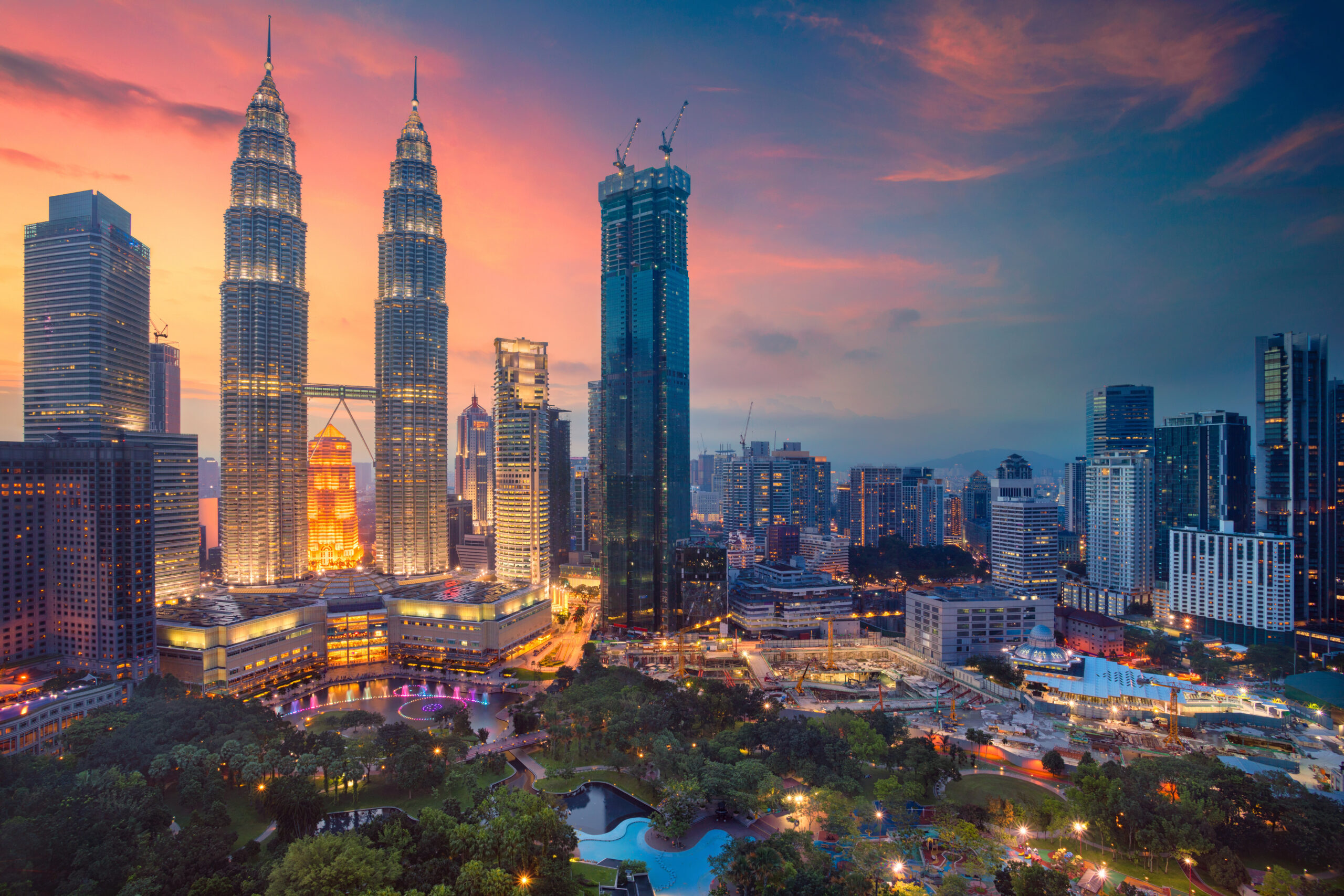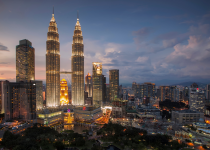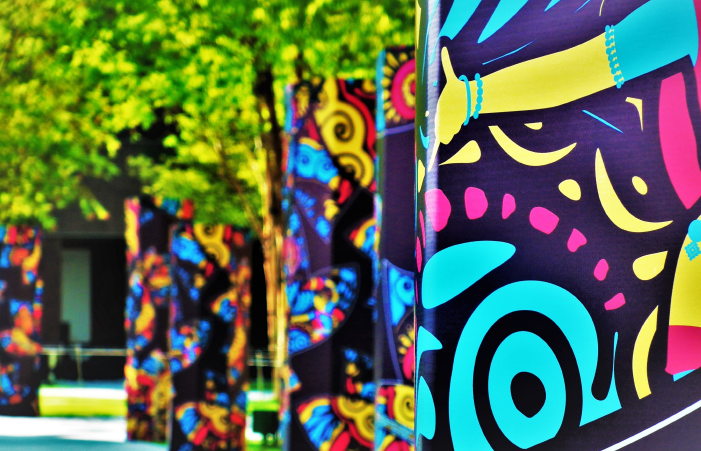How Singapore’s 50 Years of Nation Building is a Boon for Travelers
The Republic of Singapore is an island-city nation situated down below at the tip of the Malay Peninsula. Singapore history dates back to the third century when it was called “Pu-Luo-Chung,” which in Malay means “island at the end of the Peninsula.” Much later, around the end of the 13th century, people first started living on this island, and it came to be known as Tumasik or Temasek meaning “Sea Town.”
The Singapore history timeline can be categorized into three significant periods – the Ancient Period, the British Era, and the Post Colonial Era.
Also check how to explore 50 years of Singapore history in 1 day!
Summary of Singapore History
As legend has it, the name Singapura was given to the island by Prince Sang Nila Utama of Srivijaya. According to Singapore history, the Prince during one of his hunting trips came across an unusual-looking animal and taking it as a good omen built a city in that place and named it Singapura. After which the sea around the ancient city of Singapura became an essential route for ships.
During the second decade of the 19th century, the East India Company landed in Singapore to trade. In 1824 the entire island was surrendered to the British in place of money. The East India Company lost its interest in Malaya after they lost the trade of China. In 1867, Singapore, Penang, and Malacca became colonies of the British. Post the Second World War, in 1959, Singapore became a self-ruled state, although not totally since Britain still had Singapore’s defense and foreign policy under her rule. In 1971, Britain’s military withdrew its presence from Singapore.
Singapore history tells as to how an island nation stood the test of time only to become one of the most modern and flourishing island states in the world.
Nation Building Singapore – Post-Colonial Rule
During the colonial rule, the locals could hardly do much towards nation-building. However, after the British left, there were numerous changes towards nation building Singapore witnessed. The tall skyscrapers came up in place of the old shophouses, the earlier post office by the River Singapore giving way to The Fullerton Singapore, a five-star hotel, the beautiful gardens and parks, the modern amenities are few of the changes that Singapore has witnessed post-colonialism.
Since 1965, the year when Singapore got its independence, the nation-building process of the island state started with a bang. One of the first moves made by the government was to bring the economy of Singapore up the ladder, and this was done by developing the industries and manufacturing of goods. As the economy of Singapore increased, it started flourishing into an important business nation.
The malodorous and polluted River Singapore during the time of the industrial movement in the seventies has now become a clean river with beautiful walks by its side and some happening pubs and restaurants. The industrial movement is probably one of the most important periods in the Singapore history timeline for the changes it brought about in the economy. To accelerate the process of nation-building, Singapore built the Changi Airport, which now has become an iconic place for the tourism industry. Apart from flying to and from Singapore, Changi Airport also serves as an exciting place to visit for tourists and locals alike.
In the nineties, the Mass Rapid Transport System (MRT) was another step towards Singapore’s nation-building process. The MRT is now an important transportation system in Singapore for not just the Singaporeans but also the millions of tourists every year.
To move further ahead in nation-building Singapore has emerged as one of the most sought after tourist destinations in the world. With its numerous tourist attractions, the tourism industry in Singapore is booming. This has been possible only due to the huge change in infrastructure and policies that the government has brought about in the island state.
Culture & Art
Singapore is a melting pot of many cultures, right from the Malays, Chinese, and Indians to the expats that have made Singapore their home. The numerous temples, cultural centers, museums, and art galleries are evidence of the evolution of Singapore history, which are brought forth to the tourists who visit Singapore.
Tourists who wish to learn about the art and culture of Singapore would do well to visit the National Museum, Buddha Tooth Relic Temple & Museum, National Gallery, China Town, and the Little India area. A tourist luxury coach can take visitors to all these places of tourist interest. However, if you are a budget traveler, know the bus route number and avail a public bus service to get to the destination.
Singapore has a great transportation system, and getting anywhere in and around the city is not difficult if you know the bus route. Getting a bus ticket online for a luxury coach is also a good way of seeing Singapore.
Apart from being a modern city, Singapore has a great history. If you wish to learn about the evolution of Singapore from a small sea town to a modernized contemporary city-state, plan your next vacation to this island state. To get discounted flight and bus tickets and to save big on hotel bookings and sight-seeing, visit www.redbus.sg


